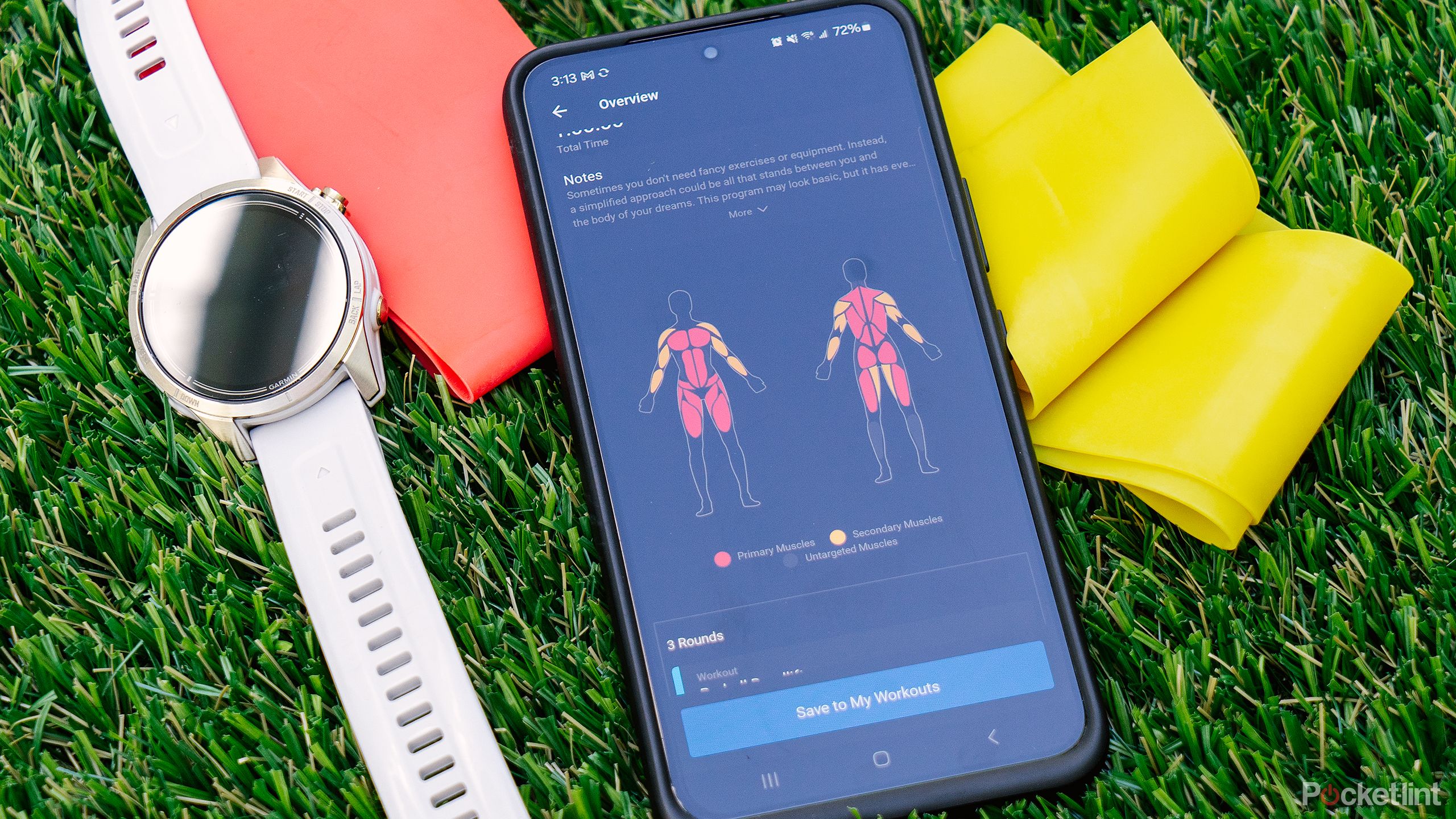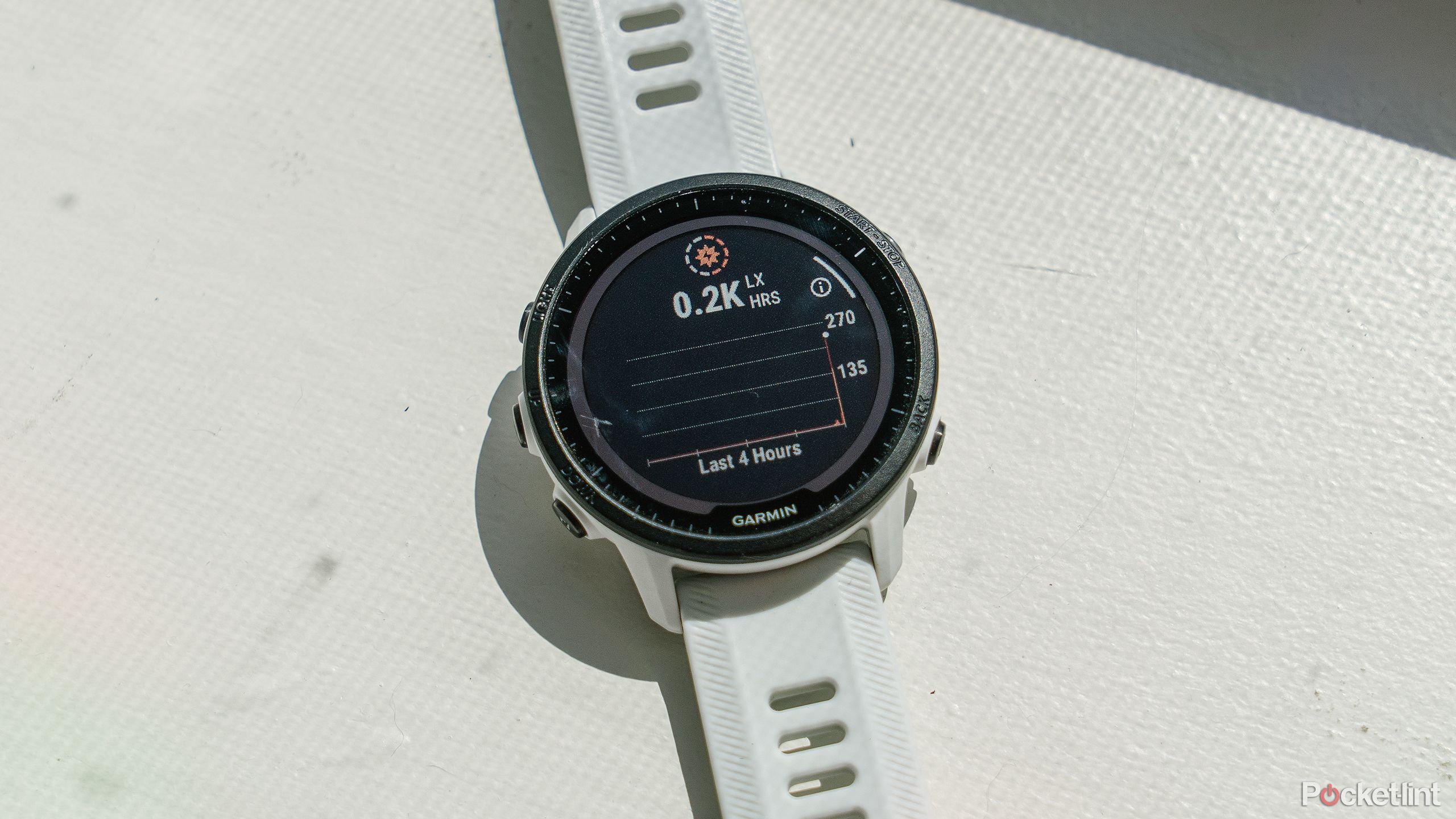Key Takeaways
- Solar charging is a supplement, not a primary feature of Garmin devices.
- Garmin’s solar feature requires ample sunlight exposure to work effectively.
- Investing in a solar charging device depends on location, usage, and budget.
While fitness watches and smartwatches with vibrant, bright screens, multi-satellite GPS settings, and endless sensors are nice to have, that advanced tech comes at a cost. All of those tracking capabilities and fancy displays drain battery life far faster than low-tech devices. Garmin’s wearable tend to do better than most other brands when it comes to battery life, but sometimes that still isn’t enough. If you’re on a trip, tackling an ultra-long event, or simply don’t want to charge your watch or bike computer all that often, you need something with even more life.
Enter solar charging. Garmin offers solar versions of quite a few of its products, which promise even longer battery life. Of course, that solar charging feature comes with a steeper cost compared to the non-solar version. Depending on the device, solar charging will cost an extra $100 compared to the non-solar version. That’s not an insignificant amount. So, before investing in that feature, it’s helpful to understand how it works and if it’s even worth paying extra for.
Related
9 ways to improve battery life on your Garmin Watch
Running out of juice on your smartwatch? Here’s how to keep it alive for one more run.
What is Garmin’s solar charging feature?
You’ll need just the right conditions
First and foremost, it’s important to understand that solar charging capabilities are not intended to be the primary charging source for your device. Instead, it’s a supplemental feature that can help extend the life of your battery when in the right conditions.
The right conditions are the key here. You have to get enough sun on your watch or bike computer face to get any real benefit. Garmin specifies the solar requirements for each device, but it typically is three hours outside per day in 50,000 lux conditions on its watches or 75,000 lux conditions during daytime rides for the company’s bike computers. It’s also important that the watch lens faces the sun directly and isn’t covered with a sleeve or anything else.
As an example, the Forerunner 955 Solar promises 49 hours of battery life in GPS mode with solar charging or 42 hours without solar. More impressive, though, is the potential for unlimited battery life with the Instinct 2 Solar and 2X Solar in smartwatch mode. To get those impressive boosts, though, you’ll need to expose each watch to 50,000 lux outside for three hours per day.

Related
Are Garmin devices good for beginners?
No matter your training experience, a Garmin device could help you on your fitness journey.
Simply put, it depends
So, with the above information in hand, who should splurge on a solar device, and who should skip it? Whether it is worth the extra money depends entirely on how and where you’ll be using the watch and your preferences for charging frequency. Of course, your budget will also play a role.
Those who are outside frequently can indeed benefit from solar charging. For example, ultramarathons, backpacking trips, or long bike rides are all situations where solar charging could come in handy. That extra bit of power from the sun could make the difference between recording all of your events or not. If you work outside, the solar charging feature could keep you from charging your watch as frequently.
However, if you’re like me and work at a desk most of the day, then there’s no way you’ll get close to the solar charging requirements. When I reviewed the Instinct 2S Solar, I didn’t get much boost from the solar charging at all since I’m only outside at the beginning and end of the day for an hour or two on most days.
Your location should also enter into the equation when deciding which option is best. I live in the Sunshine State, where we get, on average, somewhere between 230 and 250 sunny days a year. Seattle, on the other hand, typically only gets 152 sunny days a year. If you live in the gloomy Pacific Northwest, you won’t be able to take advantage of solar charging as much as other locations.
Watches also complicate the solar charging process since your wrist is rarely going to be pointing the watch face directly towards the sun as you need to for maximum benefit. Bike computers, on the other hand, sit flat, facing up towards the sun, thus benefiting from solar charging much more.
If you live in a sunny location, are outside frequently, and need to eke out every minute of battery life you can, then yes, a Garmin solar charging device is likely worth it. However, if you’re not outside for long periods of time, live somewhere with lots of clouds, or simply don’t need to worry about battery life that much, then save the $100.
FAQ
Q: How does Garmin solar charging work?
Garmin first introduced its Power Glass in 2019 within the fēnix 6 series of watches. This technology involves a single semitransparent layer of solar cells between the glass and display, which collects solar energy. That energy is then converted into electricity to charge the device’s battery. The solar panel goes across the entire display and is transparent, so it doesn’t impact how well you can see your watch or bike computer screen.
Q: What Garmin devices offer solar charging?
Right now, there are solar options in the fēnix, Forerunner, Instinct, Edge, tactix, quatix, Endura, and Descent series of devices.
Trending Products
















